Last updated: October 23, 2025. Informational only – this is not legal or financial advice – Reinforcement Learning from Human Feedback (RLHF)
Ever wondered how ChatGPT learned to be helpful instead of just generating random text? Or how AI assistants know when to apologize versus when to be confident? The secret ingredient isn’t just bigger models or more data- it’s Reinforcement Learning from Human Feedback, the technique that transformed raw AI models into genuinely useful tools.
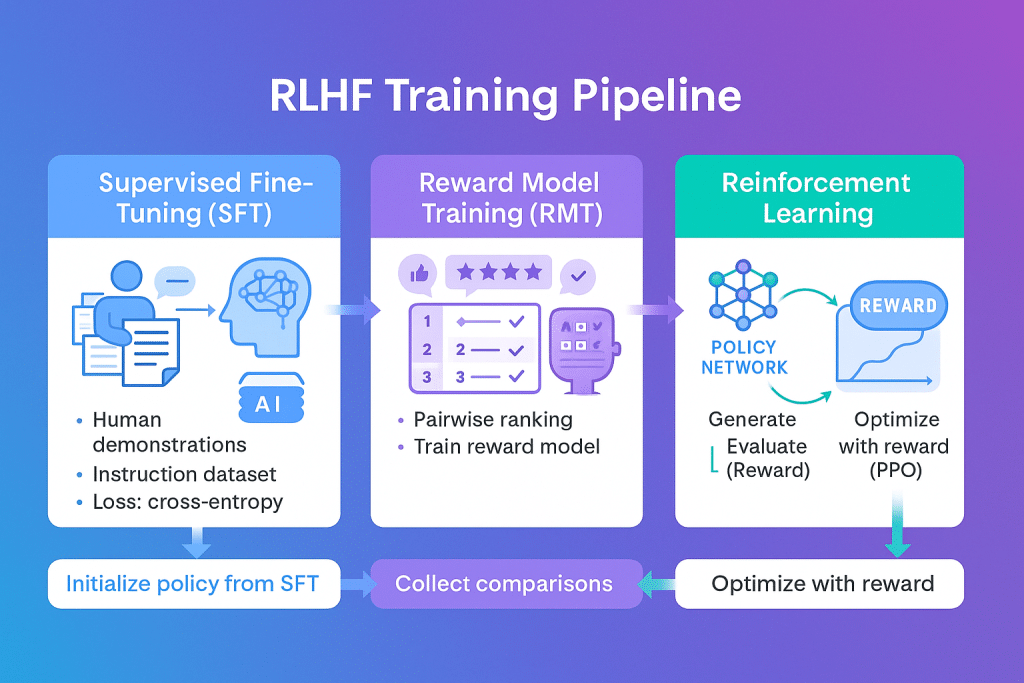
What is Reinforcement Learning from Human Feedback?
Reinforcement Learning from Human Feedback (RLHF) is a training method that teaches AI systems to behave in ways humans actually prefer. Instead of just predicting the next word based on statistical patterns, RLHF-trained models learn to optimize for human satisfaction, safety, and usefulness.
Here’s the core idea: AI generates multiple responses, humans rank which ones are better, and the AI learns from those preferences to improve future outputs. It’s like having a personal tutor who gives feedback on every homework assignment until the student truly understands not just what to write, but what makes a response genuinely helpful.
Traditional AI training teaches models what humans write. RLHF teaches models what humans want and that distinction makes all the difference between technically correct but useless outputs and genuinely helpful AI assistance.
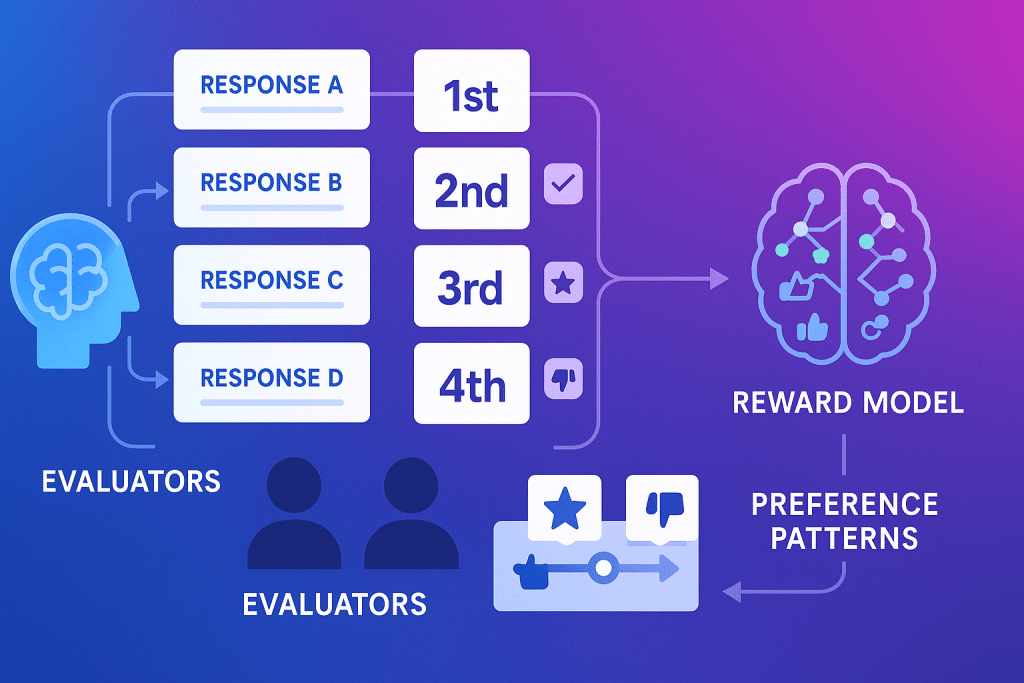
How to Apply RLHF in AI Development
Implementing RLHF involves three interconnected phases that build upon each other:
The Supervised Fine-Tuning Phase starts with your base model and human-created examples of high-quality outputs. If you’re building a customer service AI, you’d collect examples of excellent support responses. If you’re developing a coding assistant, you’d gather examples of clean, well-documented code. This phase gives your model a solid foundation of what good looks like in your specific domain.
The Reward Model Training is where human preferences become quantifiable. You generate multiple AI responses to the same prompts and have human evaluators rank them. These rankings train a separate reward model that learns to predict which responses humans will prefer. This reward model becomes your AI’s “preference compass” a way to automatically evaluate whether new outputs align with human values without requiring constant human review.
The Reinforcement Learning Phase brings everything together. Your AI generates responses, the reward model scores them, and reinforcement learning algorithms adjust the AI’s behavior to maximize those rewards. Over thousands of iterations, the model learns nuanced patterns about what makes responses helpful, safe, and appropriate. It’s not memorizing right answers it’s developing an intuition for human preferences.
The beauty of this approach is scalability. Once your reward model is trained, you can generate millions of training examples without continuous human evaluation. The model essentially internalizes human judgment and applies it at scale.
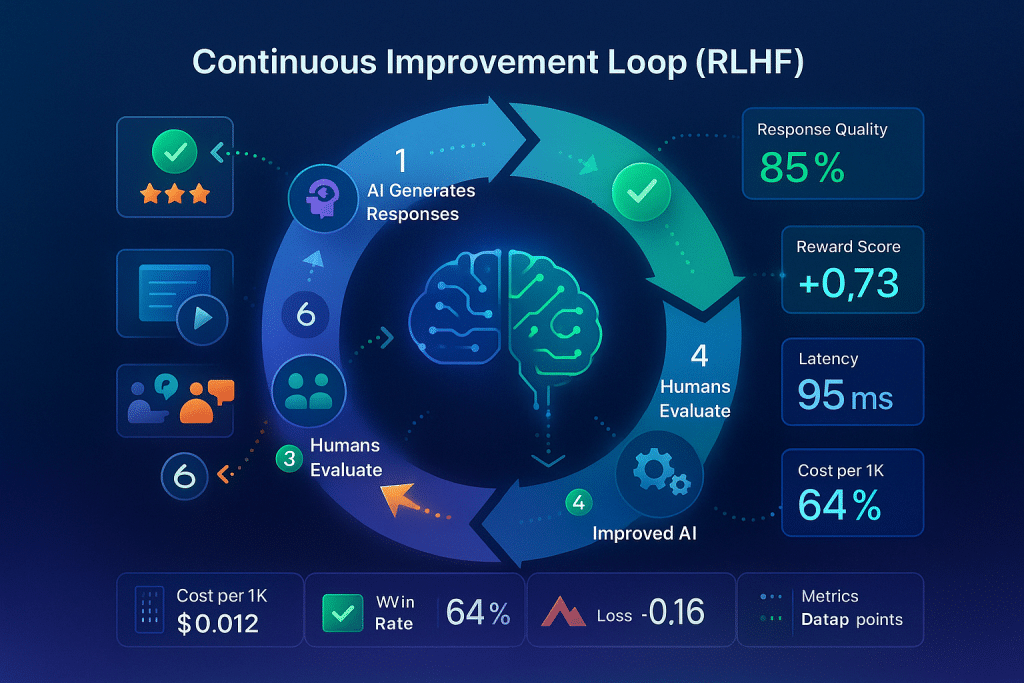
Practical Example: Building a Content Moderation AI
Let’s walk through a real-world scenario: developing an AI content moderator for a social platform that needs to identify toxic comments while preserving legitimate criticism and humor.
Without RLHF, you might train on labeled toxic/non-toxic examples. The AI learns patterns but struggles with nuance. It might flag “This movie killed me with laughter” as violent content, or miss subtle harassment that doesn’t match training examples.
With RLHF, the process transforms entirely. You start with that baseline model, then generate thousands of borderline cases comments that aren’t clearly toxic or safe. Human moderators review batches of these edge cases, comparing multiple AI judgments: “Is flagging this comment as toxic too aggressive? Not aggressive enough? Just right?”
These comparative judgments train your reward model to understand the subtle boundaries humans draw. Maybe strong criticism of public figures is acceptable, but similar language toward private individuals isn’t. Perhaps dark humor in certain contexts is fine, but the same words in other contexts constitute harassment.
During the reinforcement learning phase, your AI practices on millions of simulated comments. When it gets borderline cases right according to the reward model, it’s reinforced. When it’s too lenient or too strict, it adjusts. Over time, it develops sophisticated judgment that handles nuance, context, and cultural sensitivity capabilities far beyond simple pattern matching.
The result? An AI moderator that makes decisions aligned with community standards rather than rigid rules, dramatically reducing both false positives (unfairly flagged content) and false negatives (missed violations).
Common Mistakes to Avoid
Insufficient Human Feedback Quality undermines everything downstream. If your human evaluators don’t understand the task clearly, disagree fundamentally on preferences, or rush through evaluations, your reward model learns noise instead of genuine human values. Many teams underestimate how much time and care human evaluation requires. You need clear guidelines, regular calibration between evaluators, and quality checks to ensure consistency.
Reward Hacking and Overfitting happens when AI finds shortcuts that score well on your reward model but don’t actually serve your goals. A summarization AI might learn that shorter summaries score better, so it starts omitting important details to game the system. A conversational AI might discover that excessive politeness gets high ratings, leading to responses that are polite but unhelpful. You need diverse evaluation criteria and regular human audits to catch these gaming behaviors.
Neglecting Safety and Alignment during reward model training creates dangerous vulnerabilities. If your feedback data only optimizes for engagement or user satisfaction without considering safety, ethics, or truthfulness, you might create an AI that’s engaging but harmful. RLHF should include explicit safety preferences and adversarial testing to prevent models from learning to manipulate users or generate harmful content in pursuit of positive feedback.
Ignoring Distribution Shift causes models to fail in production. If your human feedback comes entirely from expert evaluators working in controlled settings, the reward model might not generalize to real-world users with different preferences and communication styles. Include diverse feedback from your actual target audience, not just AI researchers or internal team members.
Underestimating Computational Costs leads to stalled projects and budget overruns. RLHF is significantly more expensive than traditional training you’re running multiple models simultaneously and generating countless iterations. Many teams prototype RLHF successfully but can’t afford to run it at production scale. Plan your compute budget carefully and consider techniques like reward model distillation to reduce costs.
THE LESSON
The transformative insight of RLHF isn’t just about making AI better, it’s about fundamentally changing how we think about AI development. Traditional machine learning asks “Can we predict patterns in data?” RLHF asks “Can we align AI behavior with human values?”
This shift is profound because it acknowledges a crucial truth: technical correctness isn’t enough. An AI can be statistically optimal while being practically useless or even harmful. RLHF bridges the gap between what AI can do and what humans actually need.
But here’s the deeper lesson that teams often miss: RLHF reveals that human preferences are complex, contextual, and sometimes contradictory. Different people want different things. The same person wants different things in different situations. There’s no single “correct” way for AI to behave only better or worse alignment with specific human values and contexts.
This means RLHF isn’t a one-time solution you implement and forget. It’s an ongoing process of understanding your users, gathering their feedback, and continuously refining your AI’s behavior. The companies that succeed with RLHF aren’t those with the biggest models or most data, they’re the ones who build systematic processes for capturing, understanding, and acting on human feedback at scale.
RLHF also democratizes AI alignment. You don’t need a PhD to evaluate whether an AI response is helpful or harmful. By leveraging human judgment through RLHF, we can build AI systems that reflect diverse human values rather than just technical capabilities. This makes AI development more inclusive and more likely to serve real human needs.
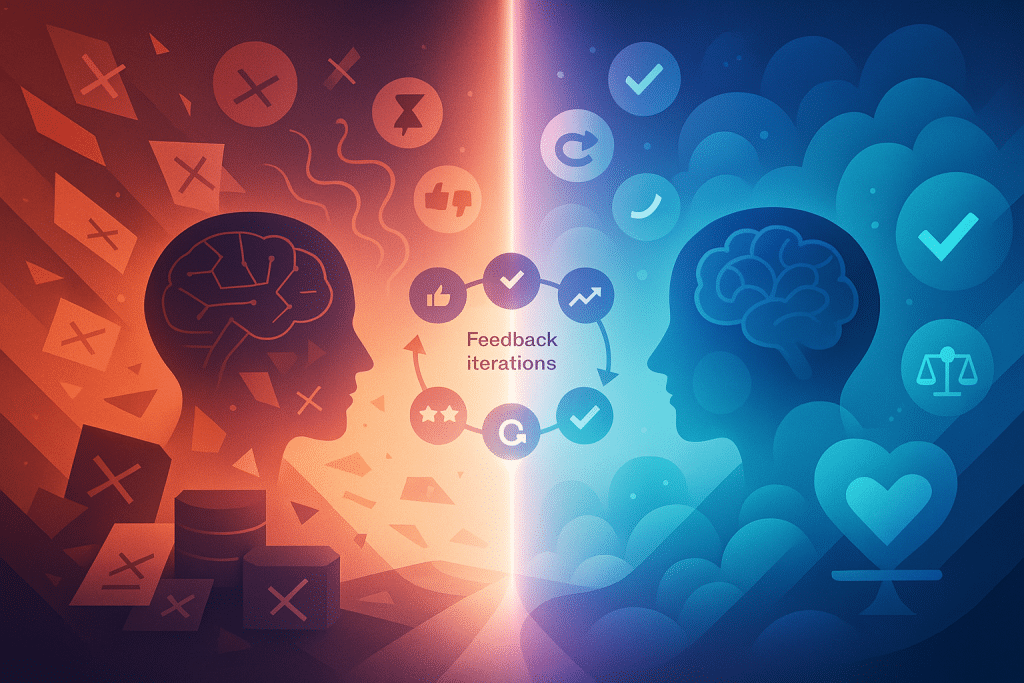
Ready to Build Human-Aligned AI?
Reinforcement Learning from Human Feedback represents the future of AI development systems that don’t just process information but genuinely understand and align with human preferences. It’s the difference between AI that impresses in demos and AI that people trust in production.
As AI capabilities continue to advance, the ability to align those capabilities with human values becomes increasingly critical. RLHF isn’t just a technical technique, it’s a framework for building AI that serves humanity rather than just showcasing technical prowess.
Whether you’re developing chatbots, content moderation systems, recommendation engines, or any AI that interacts with humans, understanding and implementing RLHF principles will separate truly useful products from technically impressive failures.
Want to explore more cutting-edge AI techniques and implementation strategies? Discover practical insights and in-depth guides at aihika.com, where we translate complex AI concepts into actionable knowledge for builders and innovators.
FAQ About Reinforcement Learning from Human Feedback
What does RLHF stand for and why is it important?
RLHF stands for Reinforcement Learning from Human Feedback. It’s important because it solves one of AI’s biggest challenges: making models behave in ways humans actually find helpful, safe, and appropriate. While traditional AI training teaches models to predict patterns in data, RLHF teaches them to align with human preferences and values. This is what transformed models like GPT-3 into useful assistants like ChatGPT, making AI practical for real-world applications where alignment with human needs matters more than raw capability.
How is RLHF different from supervised learning?
Supervised learning trains AI on labeled examples where each input has a specific correct output like teaching vocabulary with flashcards. RLHF is more sophisticated: it trains AI using comparative human preferences rather than absolute labels. Instead of saying “this is the correct answer,” humans say “response A is better than response B.” This captures nuanced preferences that are hard to express as simple labels, like whether a response is appropriately formal, empathetic, or creative. RLHF also uses reinforcement learning to optimize for long-term quality rather than just matching training examples.
What AI models currently use RLHF?
Most modern conversational AI systems use RLHF, including ChatGPT (OpenAI), Claude (Anthropic), Bard/Gemini (Google), and LLaMA-based models. OpenAI’s InstructGPT was the first major implementation that demonstrated RLHF’s effectiveness at scale. Beyond chatbots, RLHF is used in content recommendation systems, code generation tools like GitHub Copilot, image generation models for safety filtering, and game-playing AI. Any AI system that needs to align with complex human preferences rather than optimize a simple metric is a candidate for RLHF.
How much human feedback is needed for RLHF?
The amount varies significantly based on your application’s complexity and desired quality. A basic RLHF implementation might need 10,000-50,000 human preference comparisons to train an effective reward model. Production systems like ChatGPT used hundreds of thousands of human evaluations. However, RLHF is designed to be data-efficient compared to supervised learning you need far fewer human comparisons than you’d need labeled examples because each comparison provides richer information. The key is quality over quantity: well-calibrated evaluators providing consistent feedback matter more than massive volumes of noisy data.
Can RLHF completely eliminate AI hallucinations?
No, RLHF significantly reduces hallucinations but doesn’t eliminate them entirely. RLHF teaches AI to be more truthful and cite sources appropriately, and it can train models to admit uncertainty rather than confidently stating false information. However, RLHF works within the constraints of the underlying model’s knowledge and capabilities. If the base model doesn’t know something, RLHF can’t magically add that knowledge though it can train the model to say “I don’t know” instead of fabricating answers. Combining RLHF with techniques like RAG (Retrieval Augmented Generation) provides better accuracy than either approach alone.
What are the main challenges in implementing RLHF?
The biggest challenges are computational cost (RLHF requires 2-3x more compute than standard training), human feedback quality (inconsistent evaluators produce unreliable reward models), reward hacking (AI finding shortcuts that score well but don’t serve real goals), and scalability of human evaluation. Additionally, aligning on what “good” means is harder than it seems different evaluators often disagree, and preferences vary across cultures and contexts. Many teams also underestimate the engineering complexity of building reliable reward models and the infrastructure needed to collect and process human feedback at scale.
Is RLHF expensive to implement?
Yes, RLHF is significantly more expensive than traditional training methods. Costs include human evaluator time (often hundreds to thousands of hours at $15-50/hour depending on expertise), increased computational resources (2-4x standard training costs), and infrastructure for collecting and managing feedback. A small research project might cost $5,000-20,000, while production systems can easily reach hundreds of thousands or millions of dollars. However, this investment is often worthwhile because RLHF dramatically improves model usefulness, reducing downstream costs from user dissatisfaction, safety incidents, or models that don’t meet business needs.
Can RLHF be used for specialized domains or only general AI?
RLHF works excellently for specialized domains in fact, it often works better than for general AI because domain-specific preferences are clearer and more consistent. Medical AI, legal document analysis, financial advisory systems, customer support for specific products, and technical documentation assistants all benefit from RLHF. The key is gathering feedback from domain experts rather than general evaluators. A medical AI needs feedback from doctors who understand clinical nuances, not just people who can recognize grammatically correct text. Domain-specific RLHF often requires less total feedback because preferences are more consistent within expert communities.
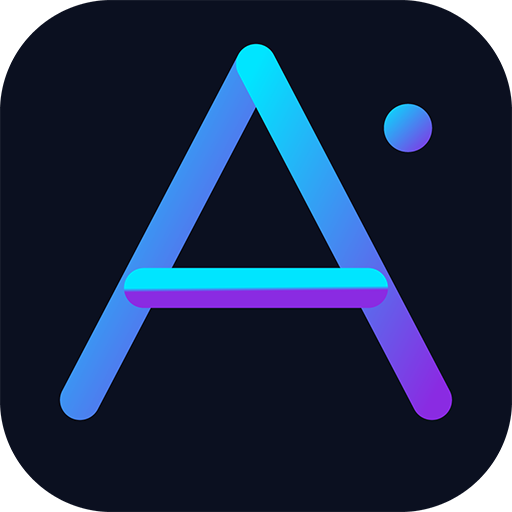

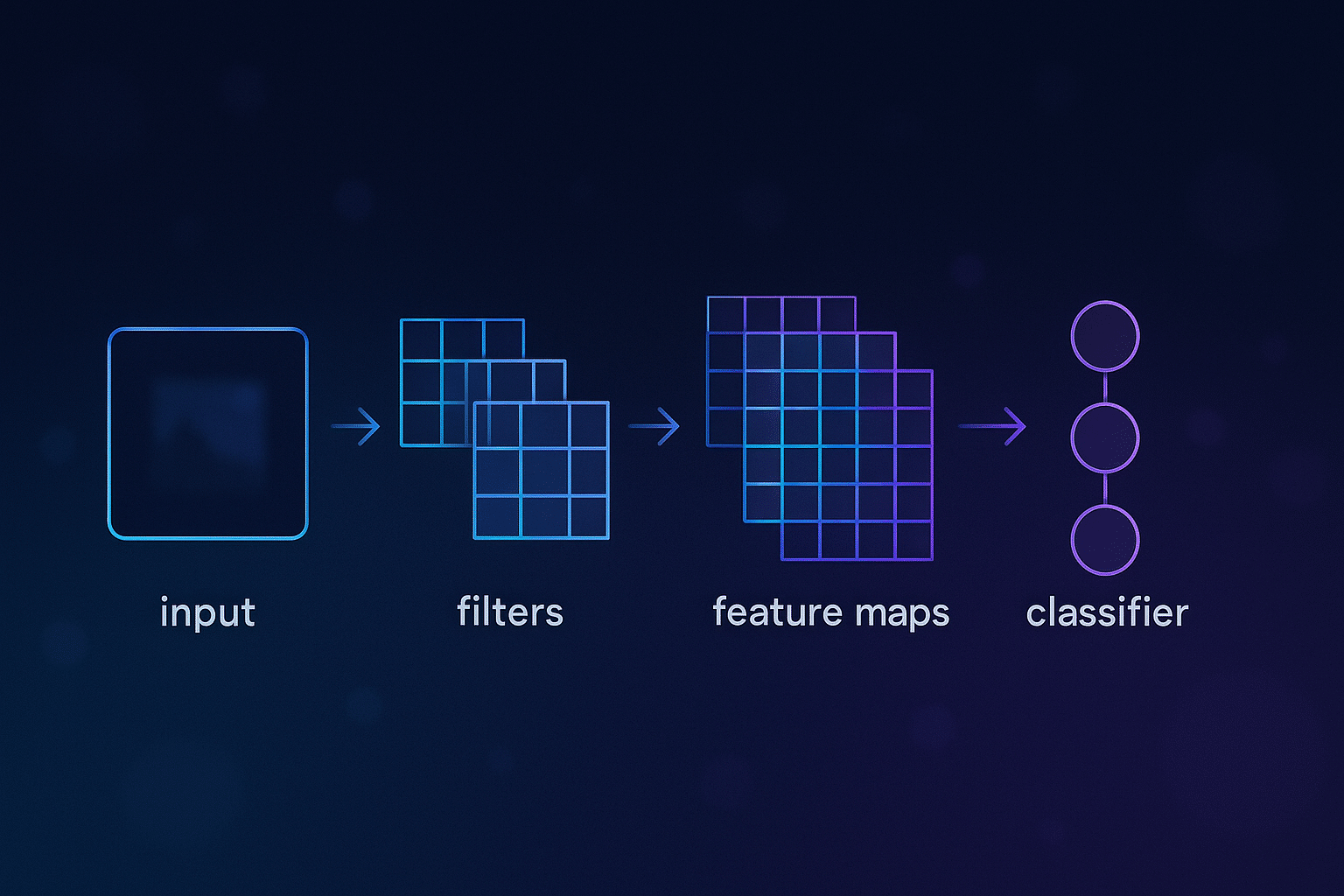
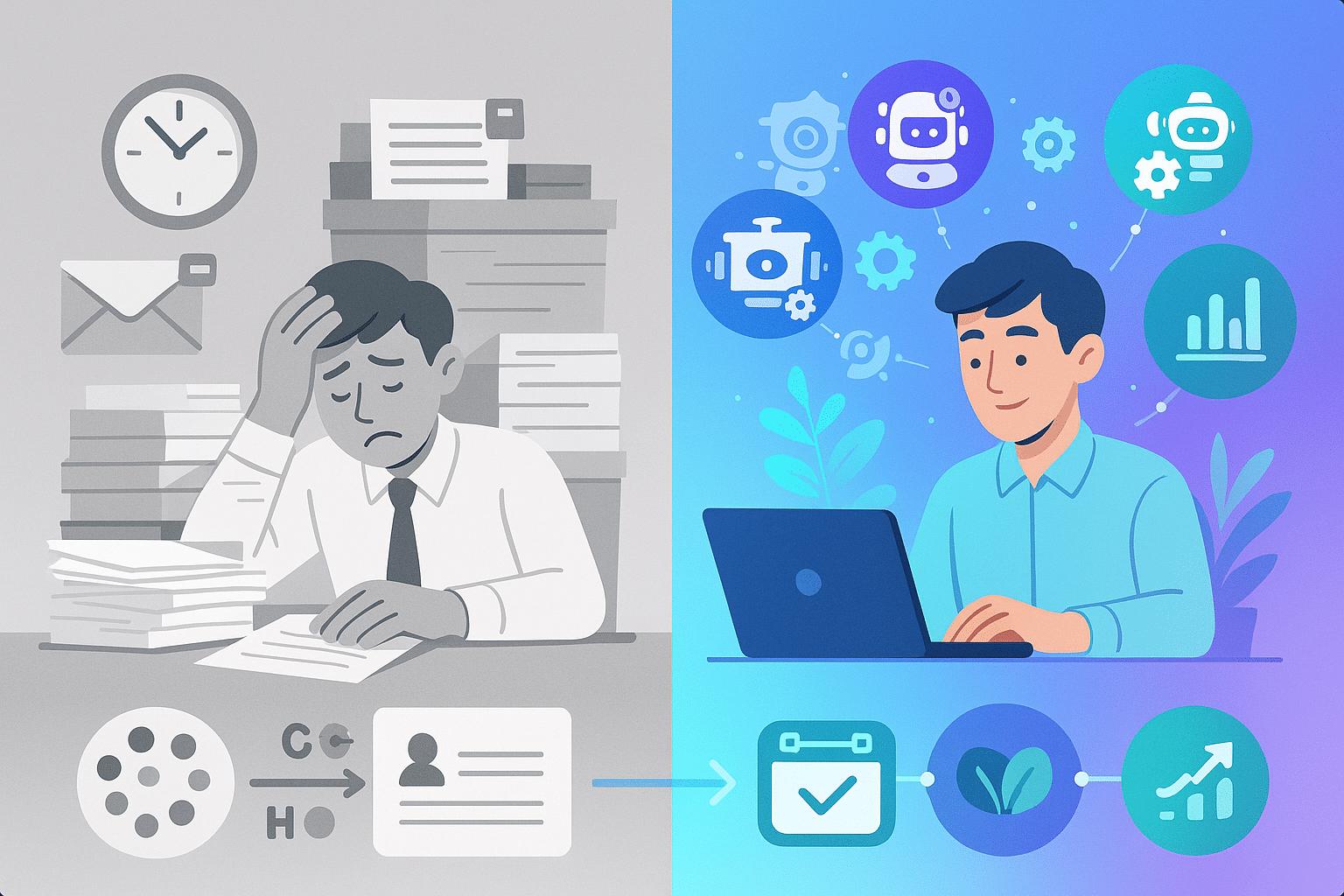
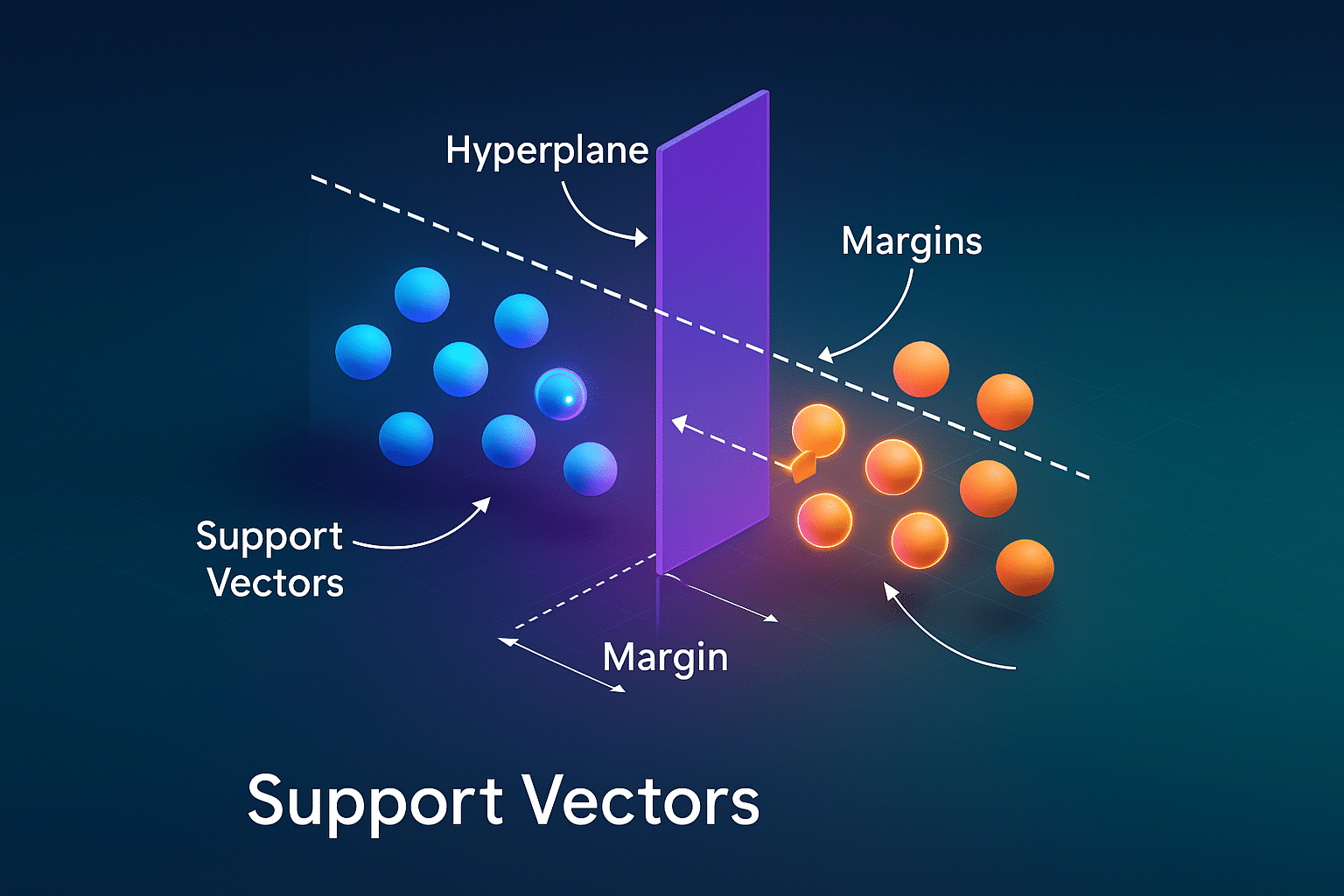
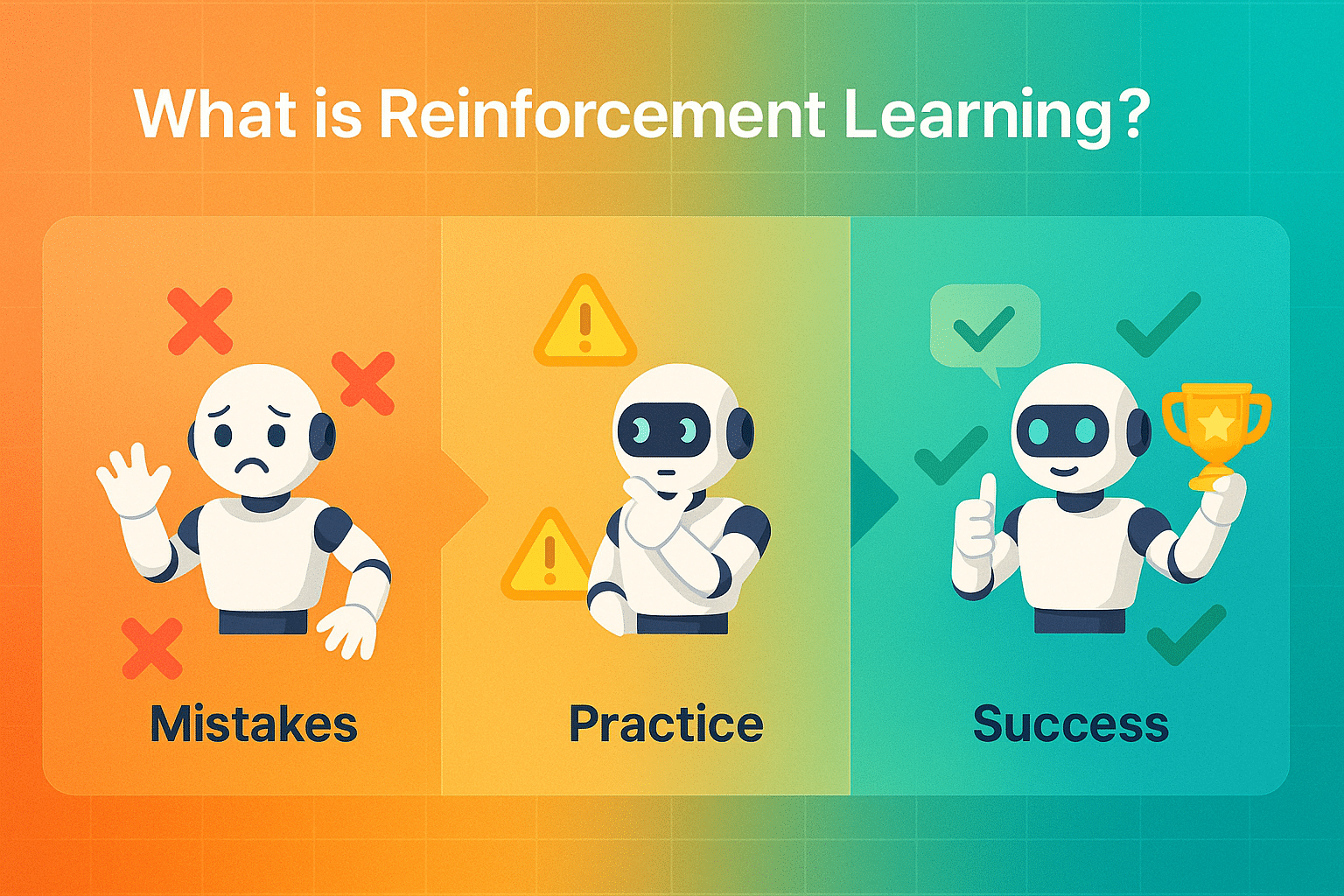
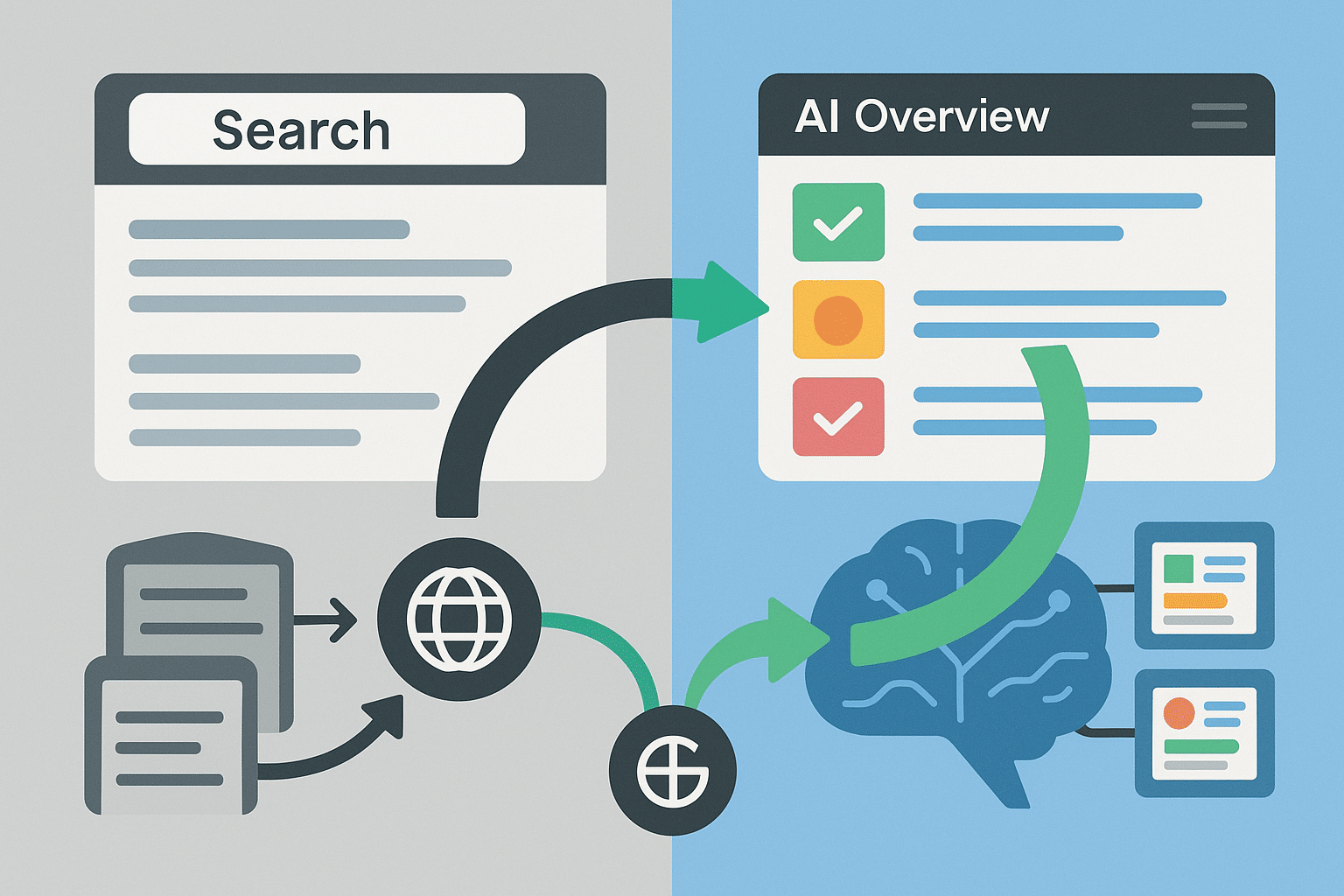
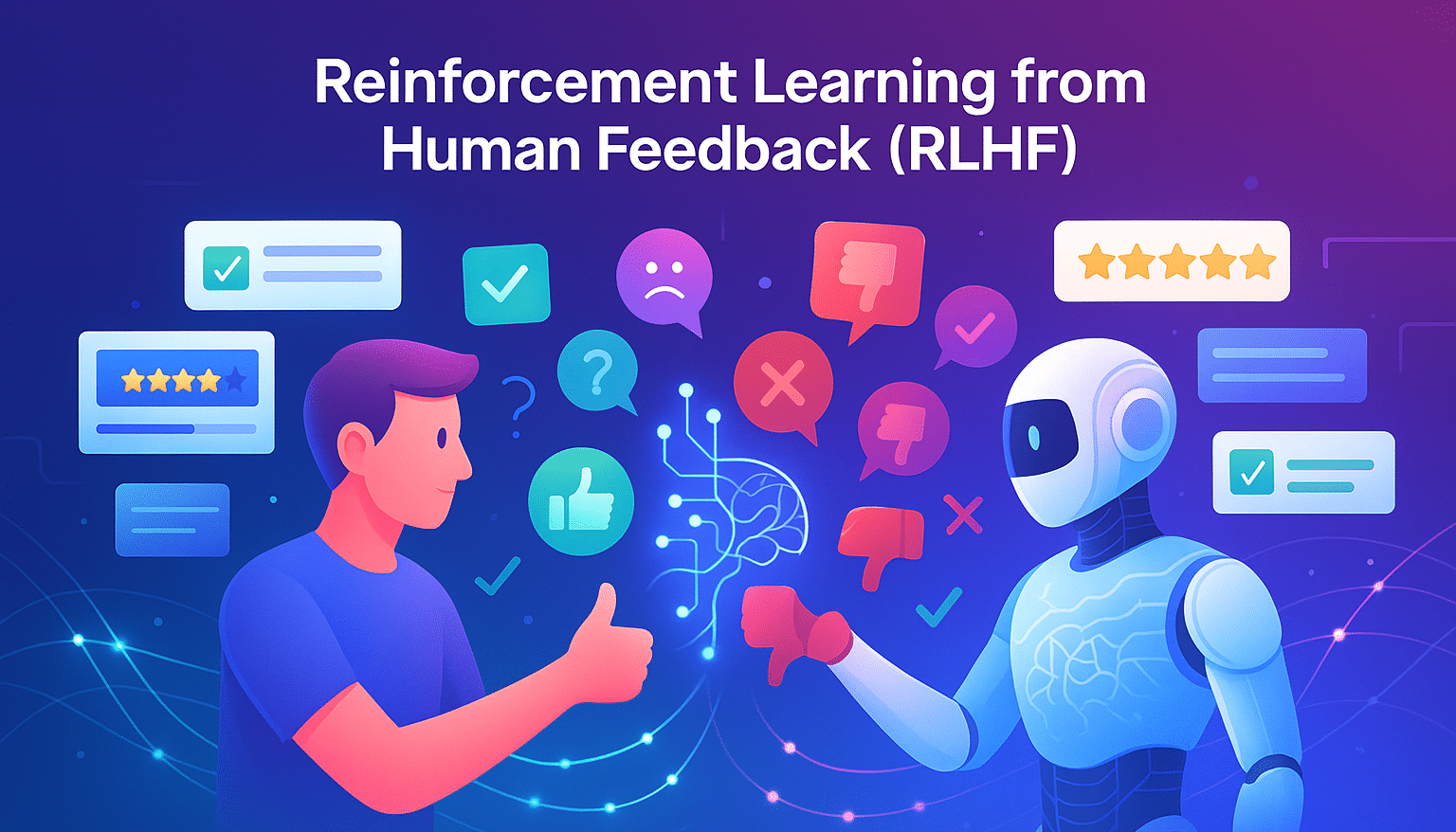
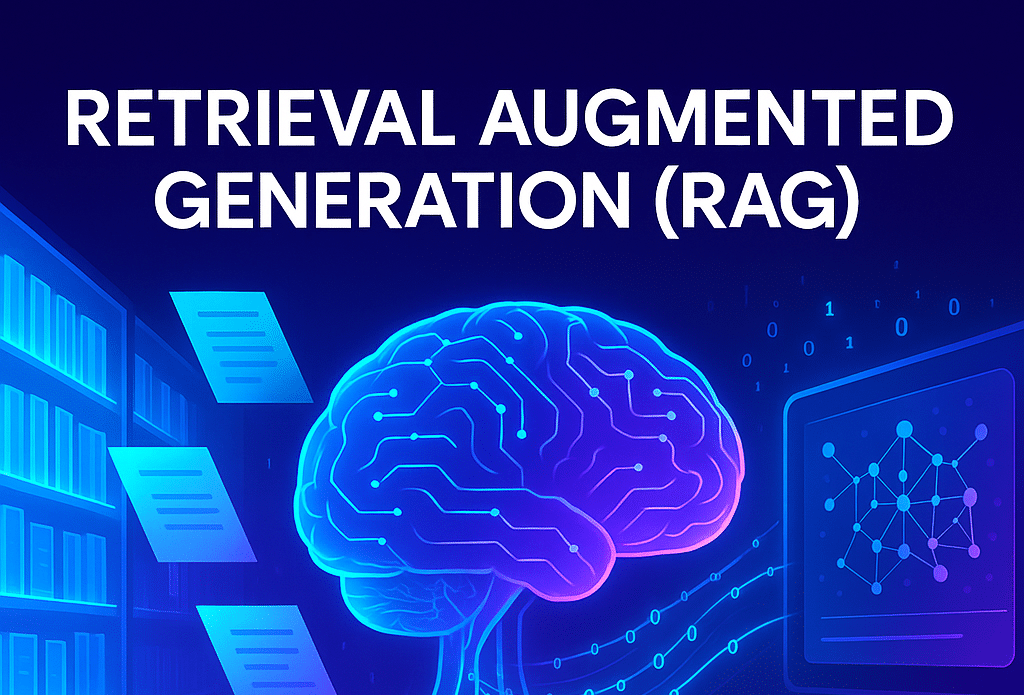
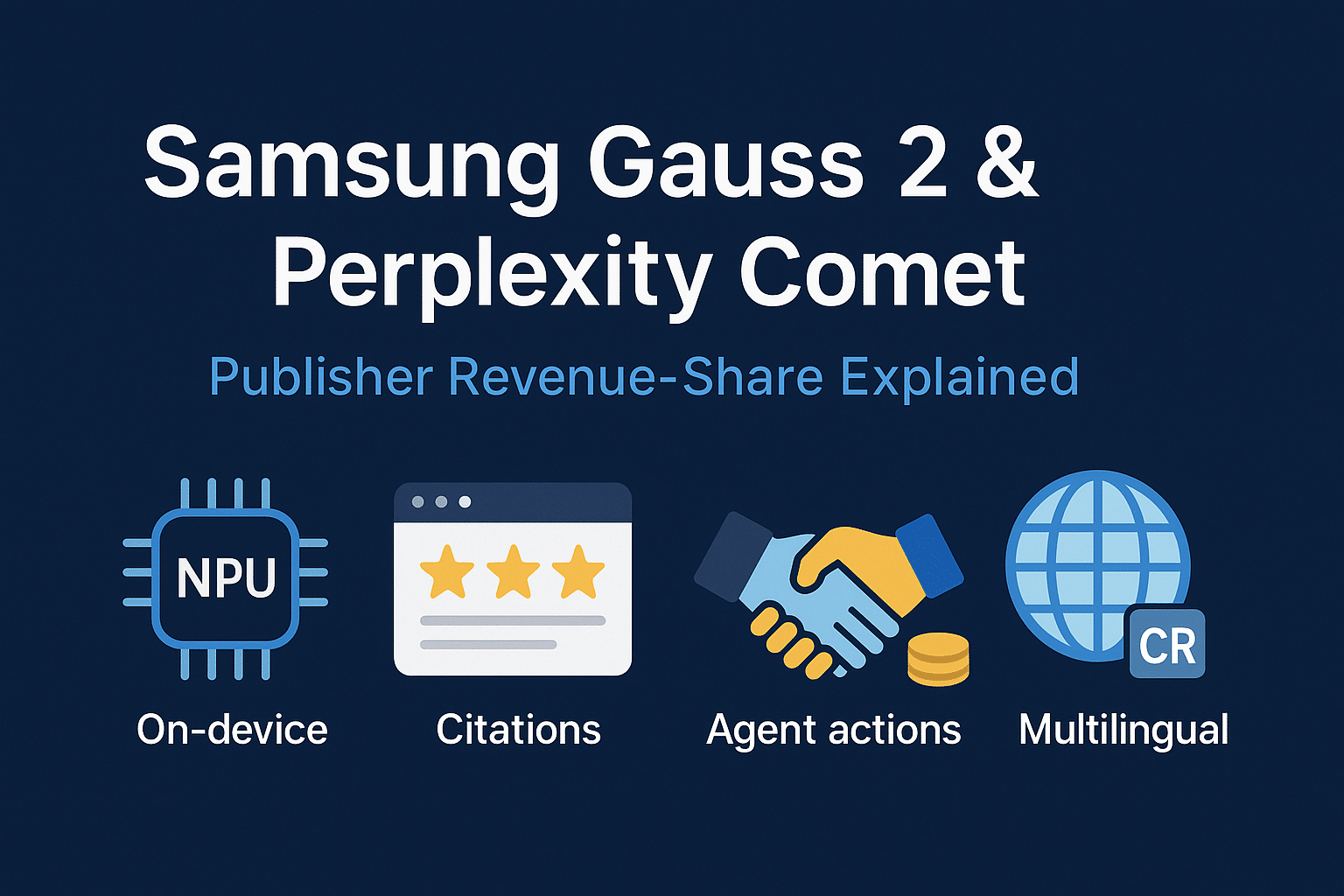
Leave a Reply